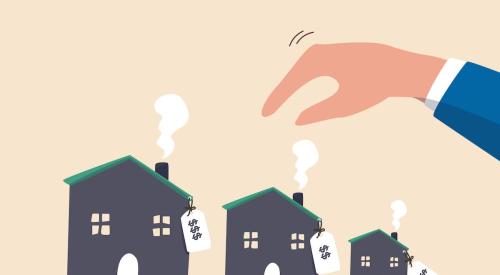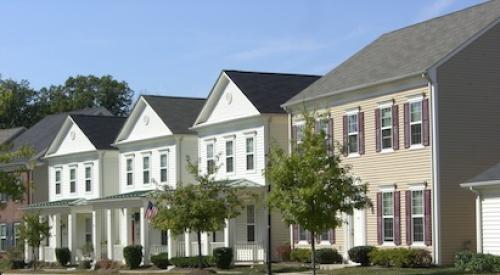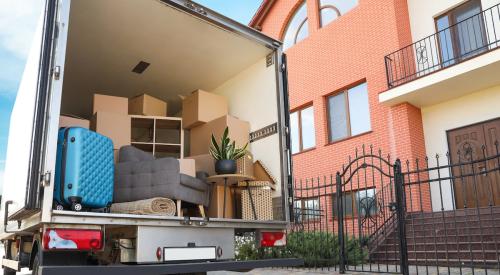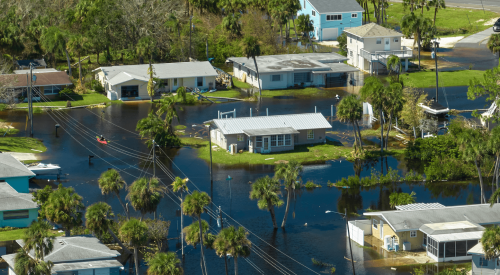The National Association of Home Builders’ housing affordability pyramid for 2021 shows the highest priced home households can afford based on their income. The largest section of the pyramid shows 21.2 million households are unable to afford a $100,000 home. To determine affordability, NAHB calculated the sum of mortgage payments, property taxes, homeowners, and private mortgage insurance premiums, which should not exceed 28% of the household income. The second largest share of households, 19 million, can afford a home priced between $100,000 and $175,000.
Based on this, the minimum income required to purchase a $100,000 home is $22,505. In 2021, about 21.1 million households in the U.S. are estimated to have incomes at or below that threshold and, therefore, the maximum priced home they can afford is between $0 and $100,000. These 21.1 million households form the bottom step or base of the pyramid. Another 19.0 million can only afford to pay a top price of somewhere between $100,000 and $175,000 (the second step on the pyramid), and so on up the pyramid. Each step represents a maximum affordable price range for fewer and fewer households.
The top step of the pyramid shows that around 3 million households can buy a home priced above 1.55 million. These comparatively wealthy Americans and the high-end homes they can afford are interesting, but market analysts should never only focus on them to the exclusion of the larger number of Americans with more modest incomes that support the pyramid’s base.













